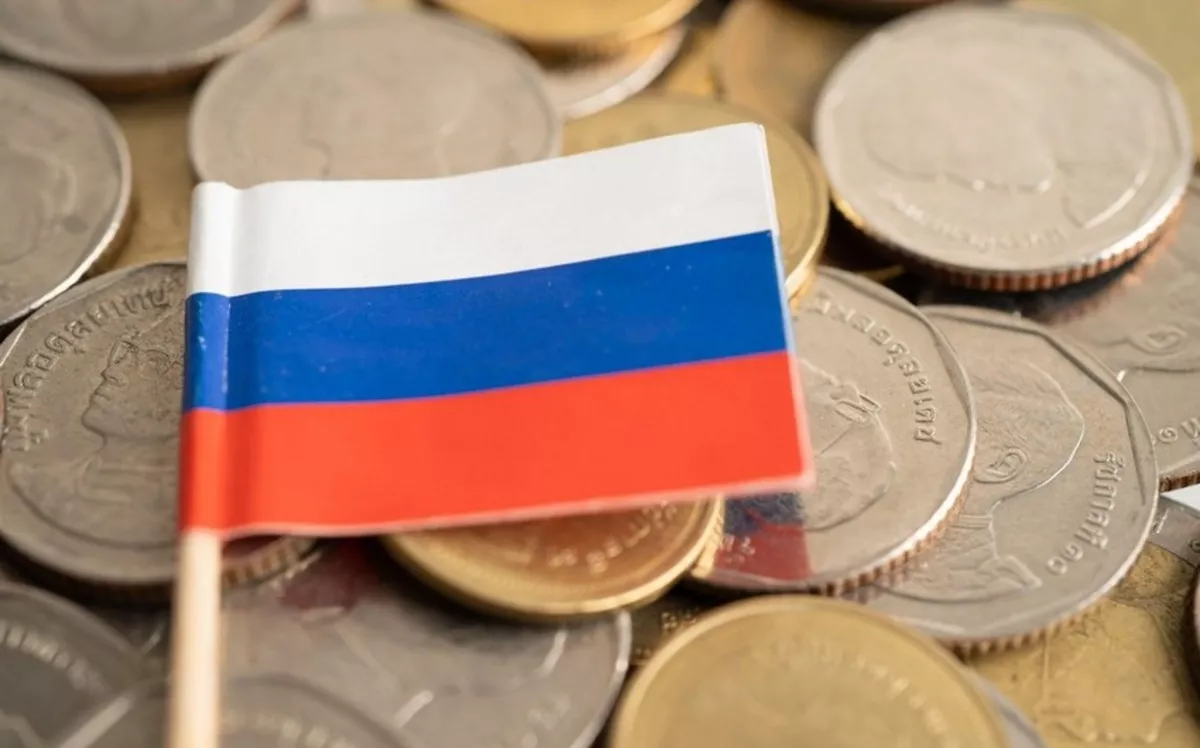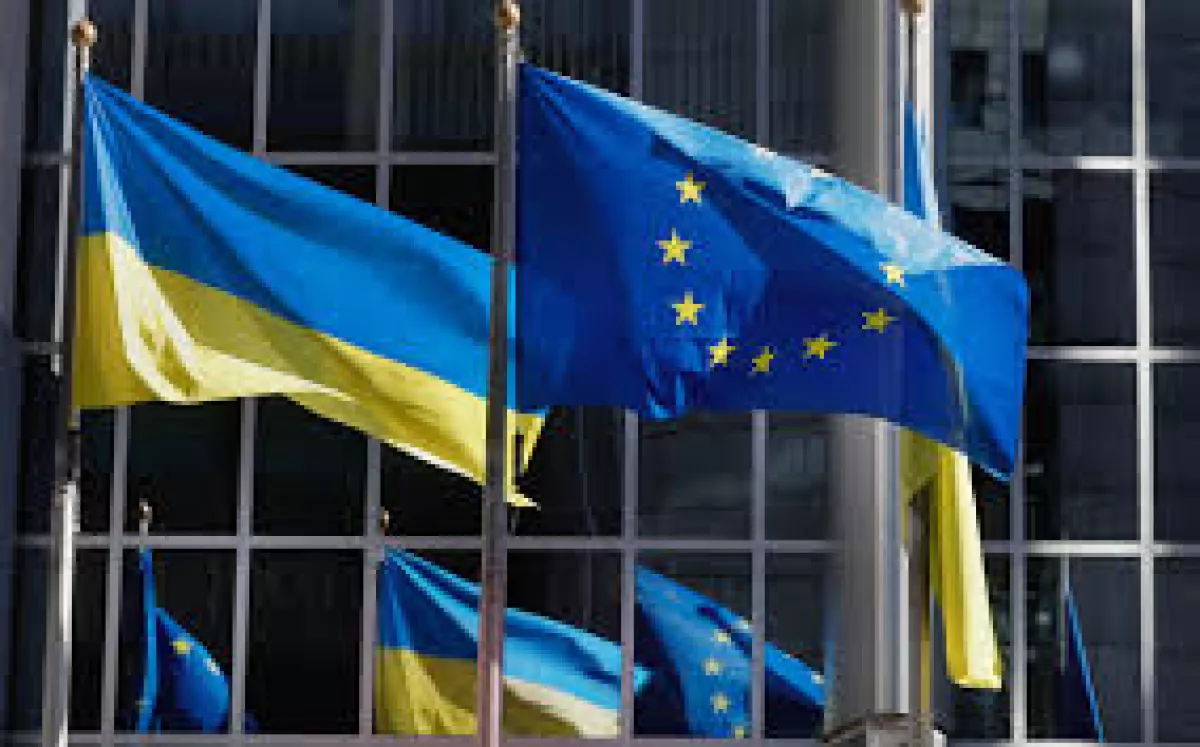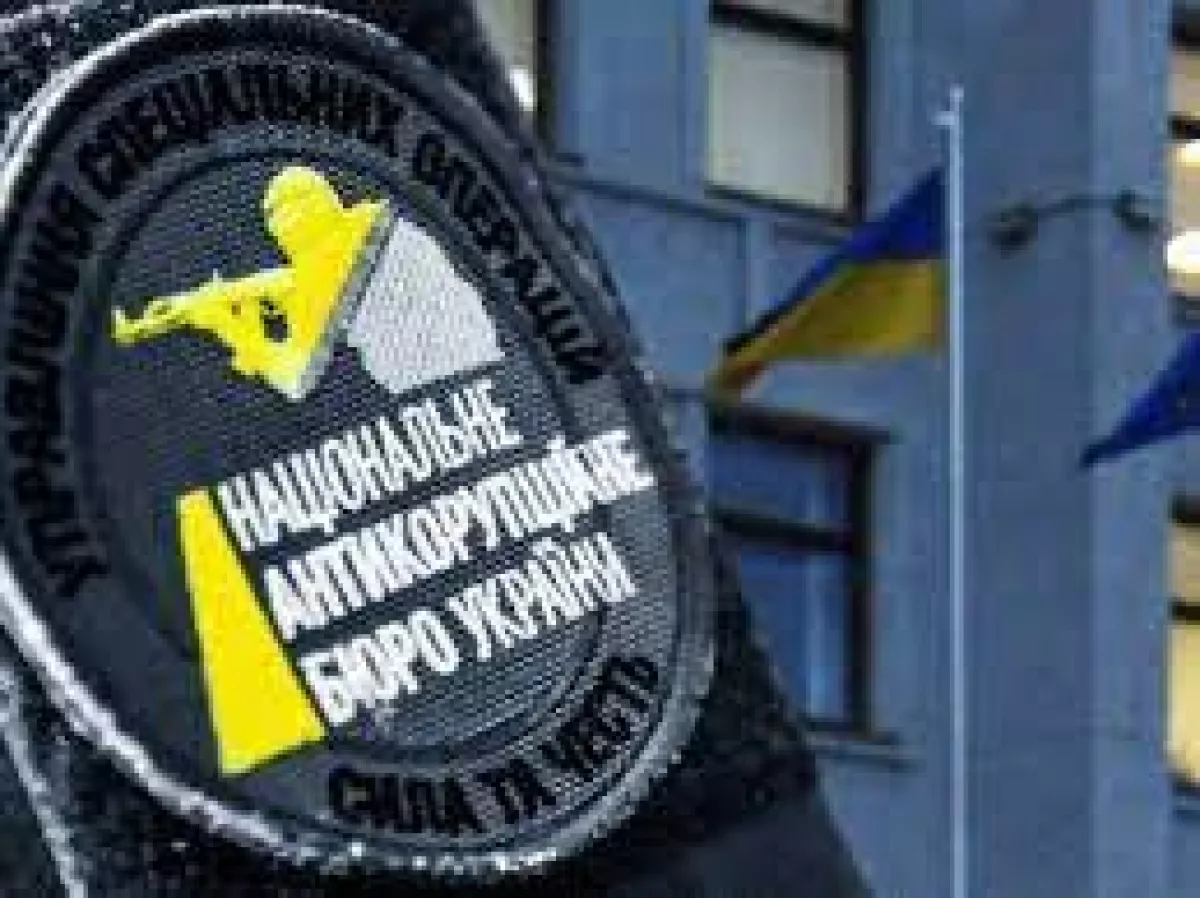Rafales, Gripens, and empty promises Zelenskyy’s struggle to save his rating
Ukrainian President Volodymyr Zelenskyy recently visited France, where the two countries signed a declaration of intent on defence cooperation, covering aircraft, drones, and air defence systems.
Zelenskyy shared the news on his Telegram channel: "Today is a special moment, truly historic for both nations — France and Ukraine. Together with President Emmanuel Macron, we signed a declaration of intent on cooperation in the field of Ukraine’s acquisition of defence equipment."
The agreement paves the way for Ukraine to purchase advanced military equipment from the French defence industry. Among the potential acquisitions are up to 100 Rafale F4 fighter jets by 2035 for Ukraine’s combat aviation, SAMP/T air defence systems, radars, air-to-air missiles, and guided aerial bombs.

But, as the well-known song goes, the music didn’t play for long. Almost immediately, Politico, citing sources, reported that neither Ukraine nor France currently has the funds to implement this agreement over the next ten years.
"Ukraine’s plan to purchase Rafales on top of Gripens is quite surprising. They don’t have the money. A lot will depend on the Russian frozen assets," a senior European diplomat told the publication.
Politico also highlights that France’s own “dire state of public finances” makes it unlikely that Paris could finance the purchase. President Emmanuel Macron suggested that any future acquisitions might rely on European instruments and frozen Russian assets.

Frankly, this statement from official Paris is striking, given that the Fifth Republic has historically approached the full confiscation of Russian assets with extreme caution.
The total estimated value of frozen Russian assets in Western jurisdictions ranges between $300–335 billion (including Russian Central Bank reserves, private deposits, securities, and real estate). According to some reports, the majority—slightly over €200 billion—is blocked on the platform of Euroclear, a company based in Belgium.
This is precisely why Brussels is taking a highly cautious approach, fearing legal liability for Euroclear, risks to financial stability, and potential retaliatory confiscation by Moscow. For this reason, Belgian authorities insist on “legally sound” schemes, which, in their view, means continuing to use only the income generated by Euroclear’s reinvestment of Russian assets to aid Ukraine, rather than touching the principal capital.
Similarly, France and Italy are also exercising caution, citing nearly the same arguments—sovereign immunity, the likelihood of lawsuits, precedents for international finance, and systemic risks.

Meanwhile, as stated in the European Commission’s proposals of 17 November on financing Ukraine over the next two years (the options paper), the country will require €135.7 billion in external aid in 2026–2027, of which €83.4 billion is earmarked for military needs—and this does not include purchases outlined in the declaration of intent on defence cooperation between Ukraine and France.
Notably, Paris does not plan to provide combat aircraft from its own reserves, nor to prioritise Ukraine over other buyers of military equipment.

This naturally brings to mind the declaration of intent signed between Kyiv and Stockholm at the end of October on long-term aviation cooperation, which opens the way for the purchase of 100–150 new Saab JAS-39 Gripen fighters. Again, this is not an immediate delivery of aircraft, but a “path over 10–15 years,” as clearly emphasised by the Swedish side.
In short, the situation can hardly be described as anything other than smoke and mirrors. Inevitably, one is led to think that all these actions by the Ukrainian president are aimed at shoring up his approval rating, which has sharply collapsed following a high-profile corruption scandal exposed by the NABU “Midas” operation.
Thus, Yaroslav Zheleznyak, a deputy from the Holos party, reported on his YouTube channel, citing data from private sociological studies:
“The president has not been in first place for a long time — there is, accordingly, Zaluzhnyi, then Zelenskyy himself, and also Budanov. In two sociological surveys that I have seen, Zelenskyy’s approval rating is below 20%. The president’s rating dropped by 40% this week. Secondly, the share of respondents choosing ‘another candidate’ or ‘undecided’ has increased.”
Moreover, according to these same studies, for the first time Zelensky’s disapproval rating exceeded the level of trust in him.
“This is the first time. Even after the so-called ‘cardboard’ protests, this did not happen. And this disapproval rating is quite high,” Zheleznyak emphasised, noting that in the surveys Ukrainians name Zelenskyy as the main person responsible for corruption in the energy sector, followed by “the president’s friends.”

Background: The National Anti-Corruption Bureau of Ukraine (NABU) and the Specialized Anti-Corruption Prosecutor’s Office (SAP) have announced the uncovering of a large-scale corruption scheme in the energy sector. The operation was code-named Midas.
According to NABU and SAP, the 15-month investigation, which included 1,000 hours of audio recordings, revealed the involvement of several members of the Ukrainian government in the scheme. The Anti-Corruption Bureau reported that the group received bribes from Energoatom contractors amounting to 10–15% of the value of each contract. NABU estimates that around $100 million was laundered.
“Effectively, the management of a strategic enterprise with an annual revenue of over €4 billion was carried out not by officials, but by outsiders with no formal authority,” the NABU statement said.
The investigation claims that the ringleader and organiser of the scheme is businessman Timur Mindich, a former business partner of Ukrainian President Volodymyr Zelenskyy. The scandal has been covered by almost all leading global media outlets.
For instance, Financial Times published an article titled “Bags of cash and a gold toilet: the corruption crisis engulfing Zelenskyy’s government”, noting that Ukrainian officials are suspected of receiving “kickbacks from projects to defend energy plants in wartime.” The report also mentions investigative actions, including raids on luxury Kyiv apartments where foreign currency was discovered, and audio recordings of conversations about money laundering.
It seems that Zelenskyy’s recent activity on the foreign policy front is driven primarily by a desire to salvage what remains of his reputation. He is doing his utmost to create the appearance of “historic achievements,” presenting to the public plans that will only materialise in a very distant and therefore highly uncertain future. The proposed purchase of 100 French Rafale F4 fighter jets and 100–150 new Swedish Saab JAS-39 Gripen E fighters is a clear example.

Meanwhile, in the real world, on the ground, Ukraine continues to lose territory—and the problem is not only a shortage of weapons or gaps in the state budget.
“21,602 in October. Twenty-one thousand six hundred and two people. That’s how many deserted the army last month. Officially. It’s a record. A very bad record. EVERY TWO MINUTES, SOMEONE LEAVES OUR ARMY. By the time you finish reading this post, another soldier has deserted,” wrote former MP and now active serviceman of the Ukrainian Armed Forces, Ihor Lutsenko, on his Facebook page.
And this number is likely to rise by the end of November, as it is difficult to motivate oneself to risk one’s life when it becomes clear that the president’s inner circle is stealing hundreds of millions of dollars and leaving the country without a care.








